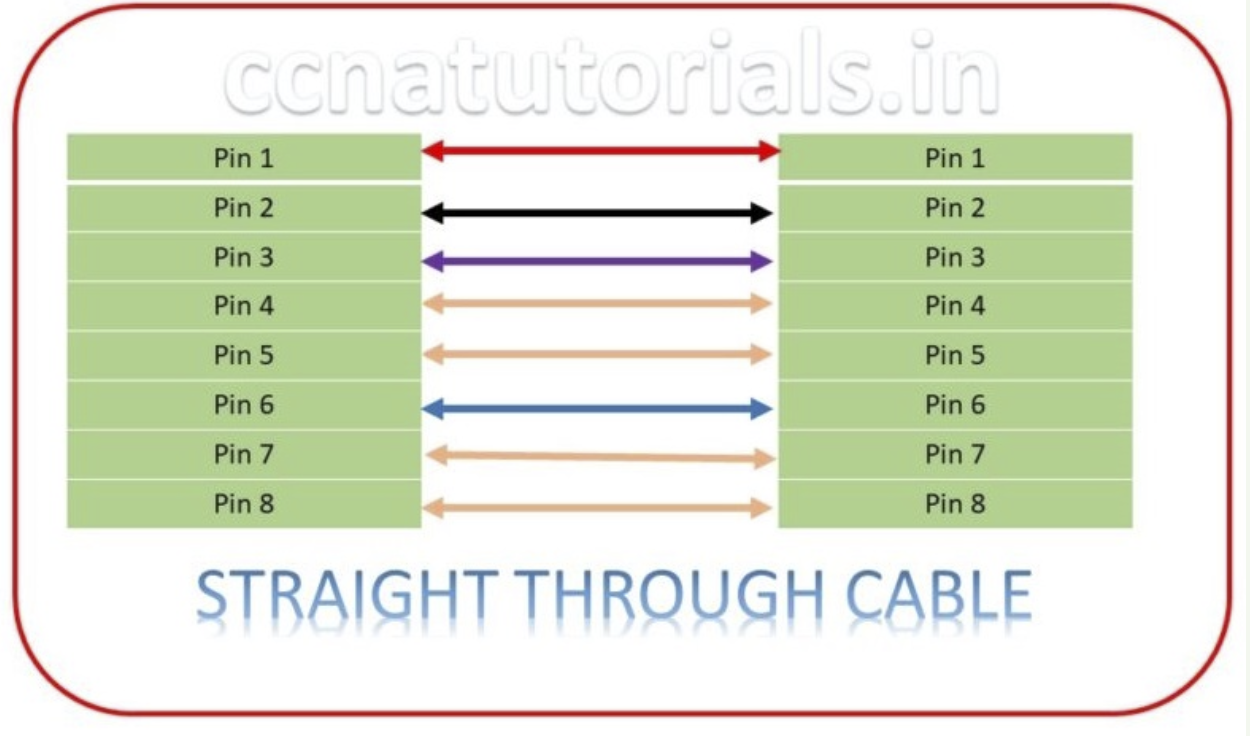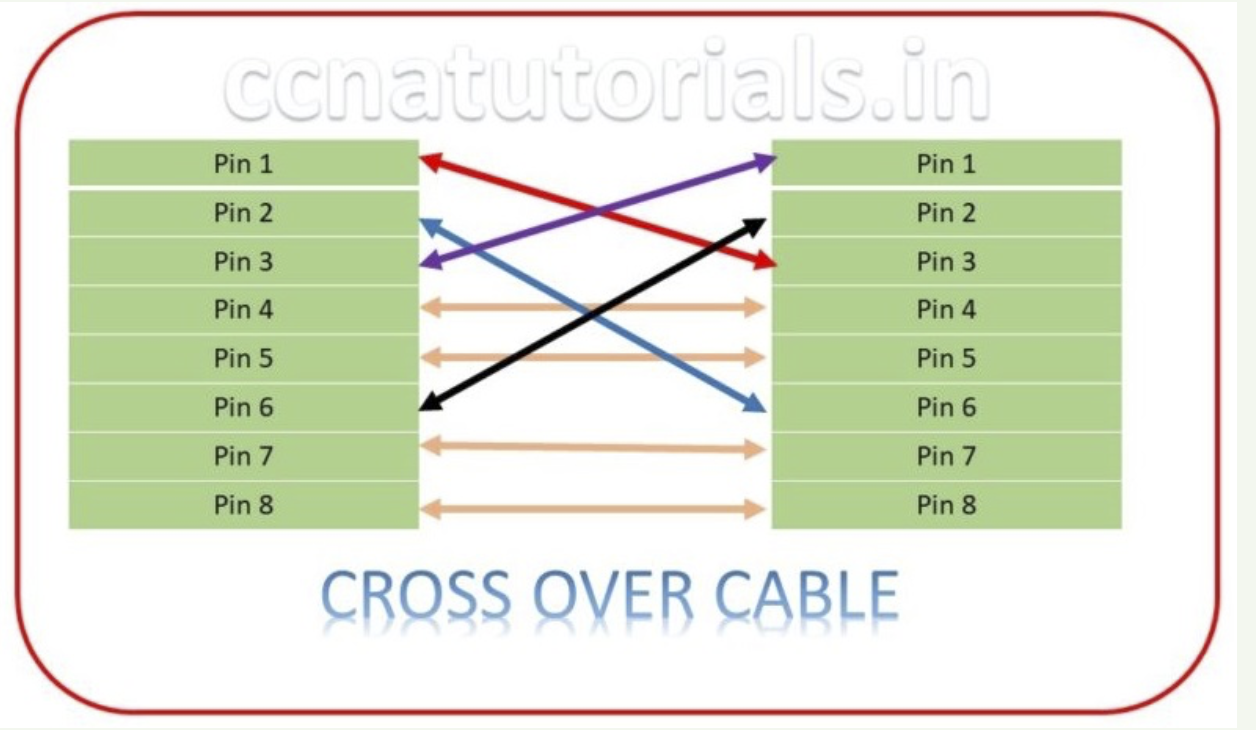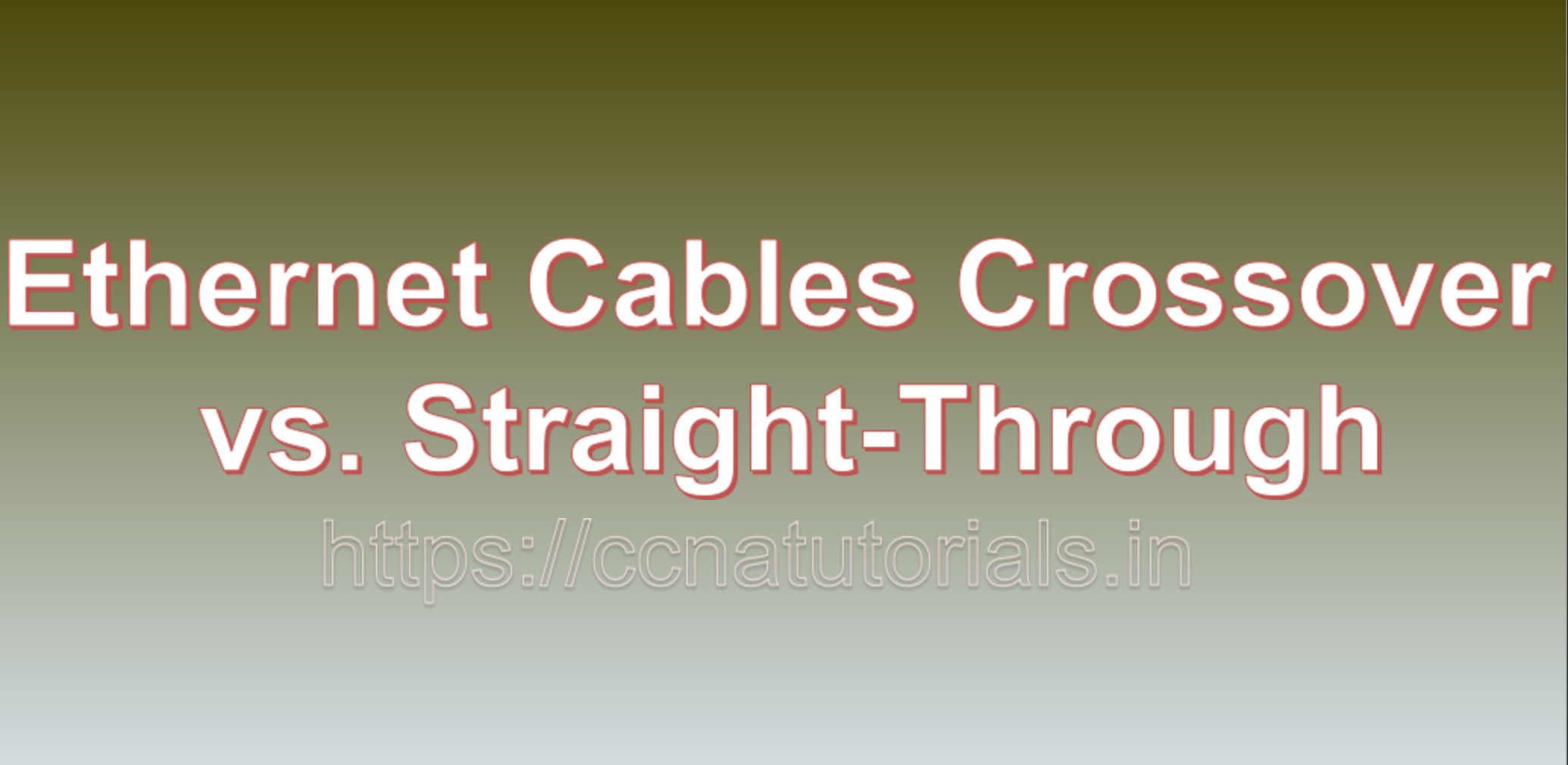Contents of this article
In this article, I describe Ethernet Cables Crossover vs. Straight-Through. In the world of networking, Ethernet cables are the lifelines that connect devices and facilitate the flow of data. However, not all Ethernet cables are created equal. Two common types, crossover and straight-through cables, serve distinct purposes in networking scenarios. Understanding the differences between these cables is crucial for building efficient and functional networks. In this comprehensive guide, we’ll explore the intricacies of Ethernet Cables Crossover vs. Straight-Through, their roles, and when to use them.
The Basics Ethernet Cables Crossover vs. Straight-Through
Ethernet cables are essential components of local area networks (LANs) and are used to interconnect various network devices, such as computers, switches, routers, and printers. These cables transmit data using electrical signals that travel through twisted pairs of copper wires. Two primary factors differentiate Ethernet cables: their pinouts (how the wires are connected at each end) and their specific applications.
Straight-Through Ethernet Cable
A straight-through Ethernet cable is the most common type of Ethernet cable. Its defining feature is that the wires at one end of the cable have the same pin configuration as the wires at the other end. In other words, the wire that carries data from pin 1 at one end will also carry data to pin 1 at the other end, and so on for all eight pins.

Use Cases for Straight-Through Cables
Straight-through cables are primarily used to connect devices that have different functions in a network, such as connecting a computer to a switch or a router. In this scenario, the wiring in the cable ensures that the transmit (TX) signals from one end are received as receive (RX) signals at the other end. Here are common use cases for straight-through Ethernet cables:
- Computer to Switch/Router: To connect a computer or other end-user device to a network switch or router, you use a straight-through cable. The switch or router expects to receive data on certain pins, and the straight-through cable aligns with those expectations.
- Switch to Router: When connecting a switch to a router, a straight-through cable is used because the devices play different roles. The switch forwards data within a LAN, while the router routes data between different networks. The straight-through cable ensures that the data is transmitted correctly from the switch to the router.
- Switch to Hub: Although hubs are less common in modern networks, when connecting a switch to a hub, a straight-through cable is required. Hubs are simple devices that broadcast data to all connected devices, and the switch needs to transmit data to the hub in the expected format.
Crossover Ethernet Cable
A crossover Ethernet cable, as the name suggests, involves a crossover in the wiring configuration. In a crossover cable, the wires that transmit data at one end are connected to the wires that receive data at the other end. This reversal of pin connections allows two devices of the same type (e.g., two computers or two switches) to communicate directly with each other.

Use Cases for Crossover Cables
Crossover cables are less common in modern networking setups due to the development of Auto-MDI/MDI-X technology, which automatically detects and configures the appropriate pinout on the connected devices. However, crossover cables can still be useful in specific scenarios. Here are some typical use cases:
- Computer to Computer: When connecting two computers directly to each other without an intermediate switch or hub, a crossover cable is used. In this scenario, one computer’s transmit (TX) signals must match the other computer’s receive (RX) signals.
- Switch to Switch: When connecting two switches directly to create a small network segment, a crossover cable may be necessary. However, many modern switches have Auto-MDI/MDI-X support, which eliminates the need for a crossover cable.
- Router to Router (Configurations): In some network configuration scenarios, such as setting up a direct link between two routers for specific purposes like routing protocols or redundancy, a crossover cable might be used.
Auto-MDI/MDI-X: The Game Changer
Auto-MDI/MDI-X (Automatic Medium-Dependent Interface Crossover) is a technology that has greatly simplified the use of Ethernet cables. Devices equipped with Auto-MDI/MDI-X capability can automatically detect the type of cable connected and adjust their transmit and receive signals accordingly. This technology effectively eliminates the need for manually selecting and using crossover cables in many scenarios.
Most modern network devices, including switches, routers, and computers, come equipped with Auto-MDI/MDI-X support, making it easier than ever to connect devices without worrying about cable types. With Auto-MDI/MDI-X, you can use a straight-through cable to connect devices that previously required a crossover cable.
How to Identify Cable Type
Identifying the type of Ethernet cable (whether it’s straight-through or crossover) by visual inspection can be challenging because the cables typically look identical. However, you can often find clues by examining the cable’s color-coding and labeling. Crossover cables may have labels indicating their type, while straight-through cables may not have any special labels.
To reliably identify the cable type, it’s best to use a cable tester or examine the cable’s documentation and packaging, if available.
Cable Color Coding
Ethernet cables often come with color-coded wires, and the color-coding can provide a clue about the cable type. While there are no universal standards for cable color coding, the following conventions are common:
- Straight-Through Cable:
- Pin 1 (white/green) to Pin 1 (white/green)
- Pin 2 (green) to Pin 2 (green)
- Pin 3 (white/orange) to Pin 3 (white/orange)
- Pin 6 (orange) to Pin 6 (orange)
- Crossover Cable:
- Pin 1 (white/green) to Pin 3 (white/orange)
- Pin 2 (green) to Pin 6 (orange)
- Pin 3 (white/orange) to Pin 1 (white/green)
- Pin 6 (orange) to Pin 2 (green)
Please note that the color-coding is not always standardized, and it’s possible to find cables with different color schemes. In such cases, it’s essential to check the cable’s documentation or use a cable tester to determine its type accurately.
Conclusion for Ethernet Cables Crossover vs. Straight-Through
Ethernet cables, specifically crossover and straight-through cables, play a vital role in networking by determining how devices communicate with each other. While crossover cables were once a necessity for connecting similar devices directly, Auto-MDI/MDI-X technology has made networking simpler by eliminating the need to manually choose the right cable type in most cases.
Understanding the differences between these cable types and their applications is still valuable, especially for troubleshooting and legacy systems. However, in the modern networking landscape, the convenience of Auto-MDI/MDI-X has made the task of connecting devices more straightforward than ever before. Whether you’re a networking novice or a seasoned professional, knowing when and how to use these cable types is a valuable skill that ensures smooth data flow within your network. You may drop a comment below or contact us for any query related to contents of this website.






